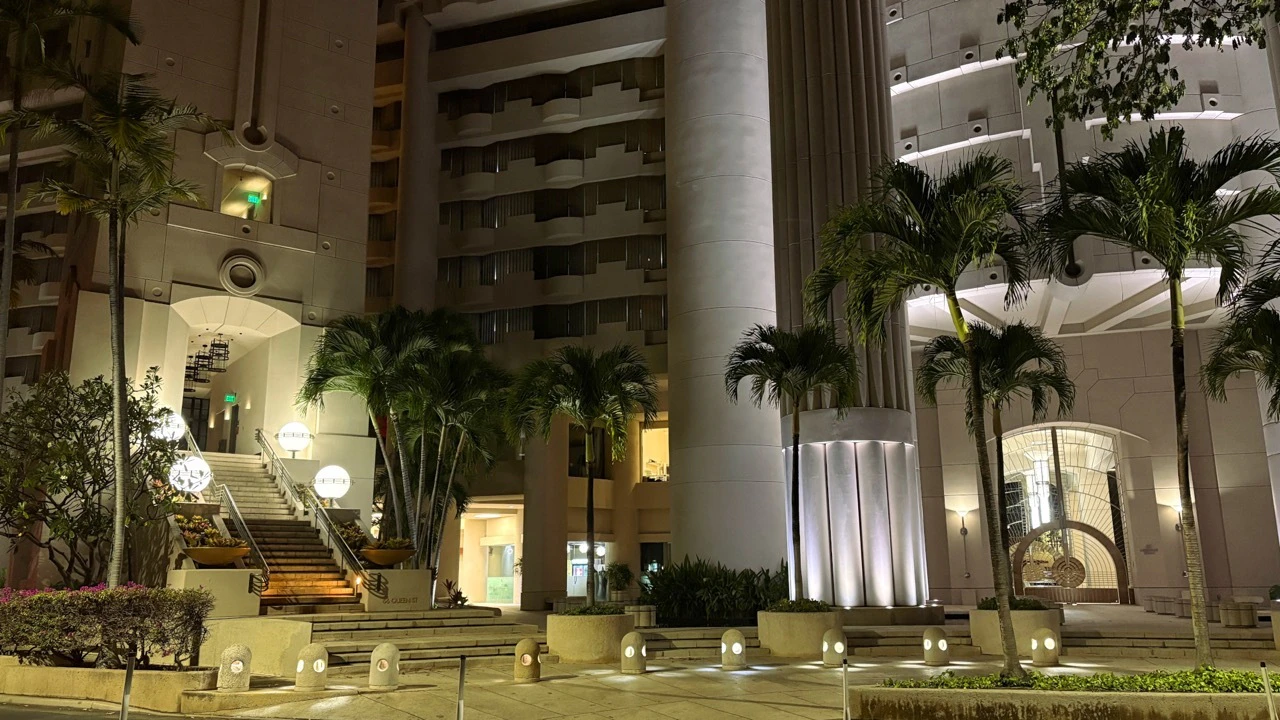The official history of Freemasonry in Hawai‘i begins in 1843, when Joseph-Marie Le Tellier, captain of the French whaler Ajax, established Lodge Le Progres De L’oceanie, chartered under the auspices of the Ancient and Accepted Scottish Rite under the Supreme Council of France. Lodge members consisted of mariners and business owners from Europe and America.
In 19th century Honolulu, joining the Freemasons meant far more than belonging to a private club. Freemasonry offered fellowship, a structured moral code, and a sense of belonging in a world so far from home. Members could build networks of trust and cooperation with merchants, professionals and government officials, gaining both social standing and practical advantages. At the same time, the rituals and symbols of the lodge taught ideals of integrity, charity, and fraternity. For newcomers in a distant land like Hawai‘i, Masonic membership provided an instant community of brothers who spoke a common language of loyalty and shared values.
In time, the interest in Freemasonry in Hawai‘i reached the very highest ranks of society, with a few Hawaiian kings becoming members of the fraternity. The first Native Hawaiian raised in the brotherhood was Prince Lot Kapuāiwa, who later became King Kamehameha V. Prince Alexander Liholiho followed his brother into the craft, later becoming King Kamehameha IV. Several other ali‘i were raised as well, including King David Kalākaua, his brother Prince William Pitt Leleiohoku II, Prince Jonah Kuhio Kalaniana‘ole, and Prince David Kawānanakoa. Other notable Freemasons in Hawaiian government include John Owen Dominis, husband to Queen Lili‘uokalani, Archibald Cleghorn, father of Princess Ka‘iulani, and Governor Wallace R. Farrington.
Only Hawai‘i can claim to have had two monarchs who sat as masters of a Masonic lodge during their reign: King Kamehameha IV and King David Kalākaua.
In Honolulu, a number of prominent landmarks bear cornerstones set in place with full Masonic ritual and ceremony. Among them are the Kekuanaoa Building, better known as the Territorial Building, the stately Ali‘iōlani Hale that houses Hawai‘i’s State Supreme Court, Queen’s Hospital, and even the regal ‘Iolani Palace. For the Freemasons, such ceremonies were a way of imbuing stone and mortar with ideals of stability, morality, and permanence, linking the rising architecture of Honolulu with a tradition that stretched back centuries.
Though many of these buildings still stand as testaments to that legacy, the fraternity’s own gathering places were just as significant. Several spaces in Honolulu were home to Masonic Temples over the years until a cornerstone was laid at the corner of Makiki and Kinau Streets in 1937. Within the halls of Makiki Temple, solemn ceremonies unfolded, and secrets were carefully guarded behind closed doors. After decades of ritual, secrecy, and charged atmosphere, the very weight of those gatherings seemed to seep into the walls of the temple itself.
A few years ago, a chilling story began to circulate about a houseless man who, seeking warmth on a cold night, managed to slip inside the lodge building. Wandering through the building’s dark corridors, he found his way upstairs into a wide, windowless chamber. The air was still and heavy, but warmer than outside, so he lay down on the floor, exhausted and hungry, and drifted into uneasy sleep.
In the middle of the night, neighbors across the street awoke to bloodcurdling screams echoing through the darkness. They described the cries as raw terror, as though someone were fighting for their very life. When police arrived, they found the man pleading desperately for help. For some reason, he couldn’t open the doors to leave, so he tried to escape through a second-story window. There he was, halfway out the window, hanging on for dear life. The officers were forced to summon the lodge’s caretaker to gain entry.
Once upstairs, the police quickly arrested the man for trespassing, but what happened next unsettled even them. As they escorted him downstairs, they passed through the large dining hall. The caretaker flipped on the light, illuminating the walls, and there, lined from corner to corner, were black-and-white portraits of the past Masters of Hawai‘i’s lodges. Each man was dressed in their Masonic regalia, gazing sternly from their frame.
The houseless man froze in his tracks. His eyes widened, his face drained of color, and then he erupted into screams that filled the hall.
“That’s them! Those guys! They were walking in a circle around me, coming closer and closer… like they were gonna do something to me! That’s them, all of them! That’s them!”
Collectively, the officers dismissed his outburst as the ravings of a disturbed man. Yet one officer later admitted, almost reluctantly, that even with the dining room lights blazing, the room was darkly oppressive. He said it felt as if there was still life behind the watchful eyes in the portraits, and that the room held far more than the living men who stood inside it.
For the latest news of Hawai‘i, sign up here for our free Daily Edition newsletter!





